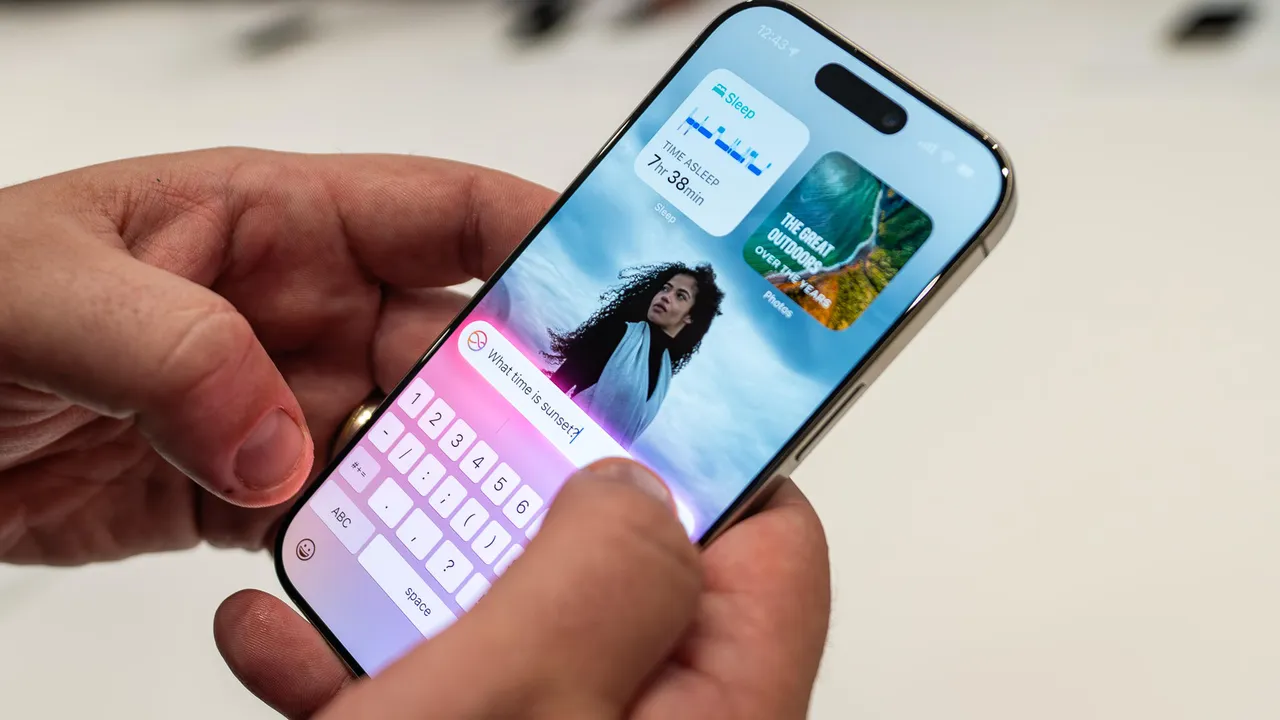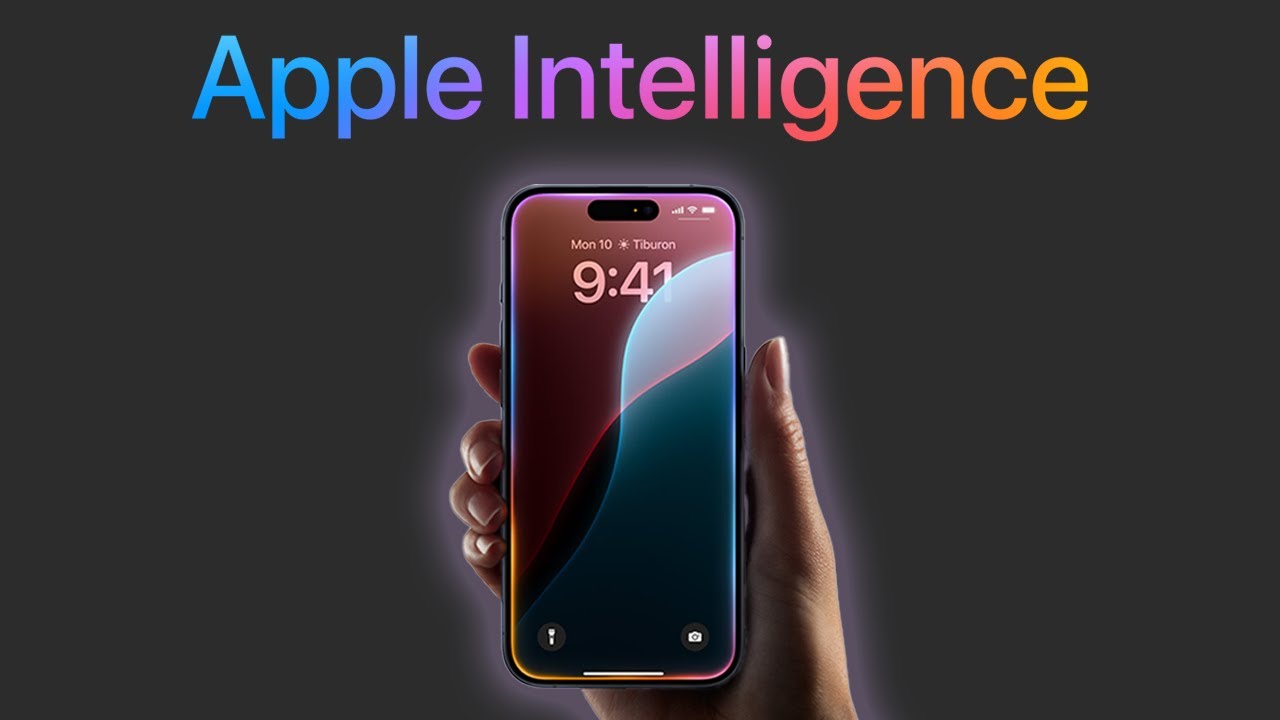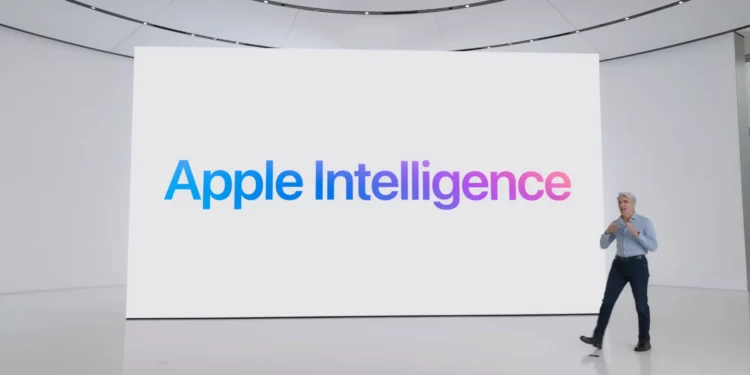In a tech landscape constantly abuzz with innovations, Apple has made headlines with its significant yet cautious foray into the realm of artificial intelligence (AI). Recently highlighted in Mark Gurman’s Power On newsletter, some Apple insiders acknowledge a developmental lag in AI, estimating the tech giant is about two years behind its industry peers. Despite this, the introduction of Apple Intelligence at WWDC24 marks a notable pivot towards embedding AI technology deeply within Apple’s ecosystem.

Apple Intelligence: A Feature-Rich Update
Unveiled with fanfare, Apple Intelligence introduced a plethora of features designed to enhance user interaction and streamline device usability. Among these are AI-driven notification summaries, breakthrough filters for crucial alerts, and an evolved Siri capable of understanding personal contexts. Additionally, innovations like Image Playground and Genmoji showcase Apple’s commitment to integrating advanced AI features in ways that are both fun and functional.
However, the most compelling aspect of Apple’s AI strategy is its blend of in-house development with strategic partnerships. Notably, Apple opts for on-device AI model operations, necessitating robust hardware specs like the A17 or M1 chipsets with a minimum of 8GB of memory. This approach ensures user privacy and high-speed processing but limits the complexity of tasks the AI can perform directly on the device.

Collaborative Efforts to Enhance Capability
In a significant move, Apple has partnered with OpenAI to integrate ChatGPT across iOS, iPadOS, and macOS platforms. This collaboration aims to bridge the knowledge gap between Apple’s Siri and more sophisticated AI models. Initial studies suggest that ChatGPT outperforms Siri by approximately 25% in accuracy and can handle 30% more queries. This integration not only enhances the functionality of Apple devices but also brings a wealth of knowledge and adaptability to the user’s fingertips.

Closing the AI Gap: Apple’s Road Ahead
Despite the initial setbacks in AI development, Apple has a history of catching up quickly in technology sectors where it initially lags. Similar to its improvements with Apple Maps, the company is determined to advance its AI capabilities, possibly through further acquisitions, hiring, or in-house development. Gurman’s insights also indicate that by 2026, Apple plans to standardize Apple Intelligence across all its devices, starting with the iPhone SE gaining the A18 chip in early 2026 and followed by updates to the entry-level iPad.
Apple’s strategic initiatives and robust device ecosystem present a solid foundation for rapidly advancing its AI features. With each iteration, Apple not only aims to close the gap in AI technology but also to surpass expectations, ensuring that its users enjoy the most integrated and intelligent experience possible. As Apple continues to develop and refine its AI offerings, the tech community eagerly watches, anticipating the next innovations that will emerge from Cupertino’s corridors.









